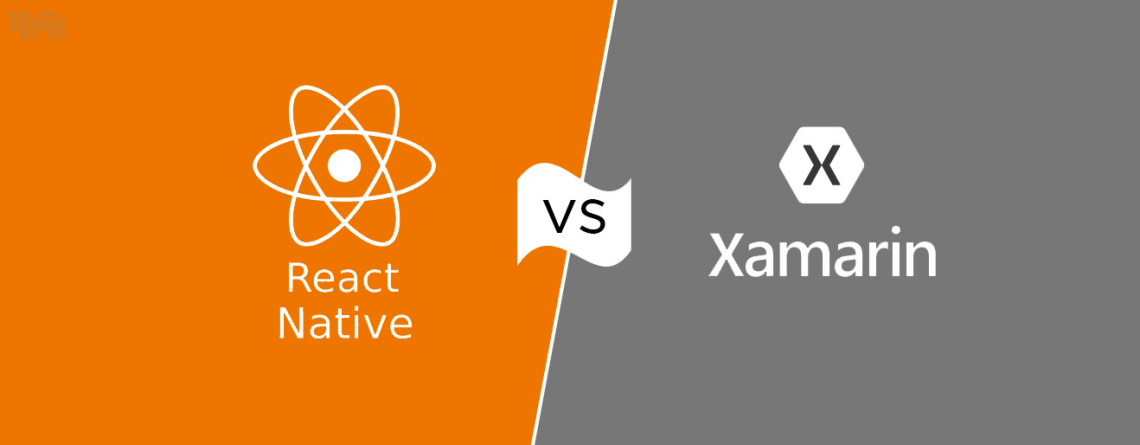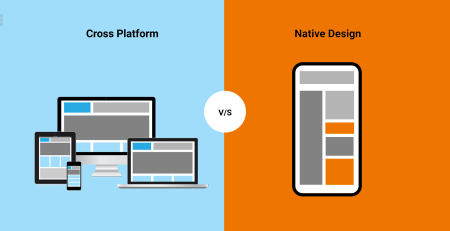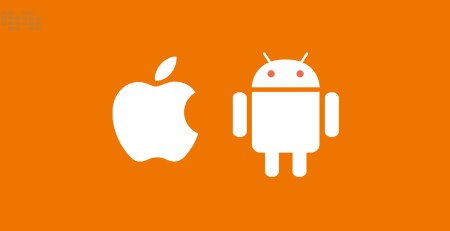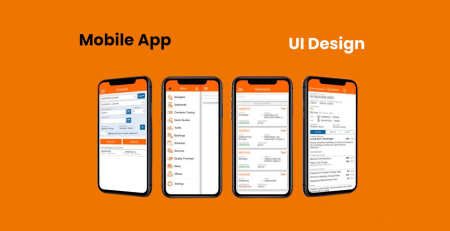React Native vs. Xamarin – Which one to choose?
Choosing one of the best Mobile App development frameworks is a difficult task for any company. And, if you want to create a robust and fulfilling Mobile product stack, technology is a major consideration. To begin, two prominent development frameworks to consider are Xamarin and React Native. Both are efficient and powerful platforms for creating high-performance and interactive mobile applications. However, here’s a quick assessment of both frameworks based on key aspects.
Xamarin App Development Framework
Below are some key advantages that Xamarin offers.
Offers Native Binding
Xamarin Forms is always preferable for native binding because it provides access to all hardware capabilities. There are times when we need to use a library that is not in the .NET framework. Fortunately, Xamarin introduces Binding Libraries, which allow us to wrap that code in C#!
So, in our C# world, we can now consume Java and Objective-C libraries. React Native does not have every feature available right away. If the binding library is not already present, you must create it.
Responsive UI even under high app usage
When app usage for a responsive UI is high, Xamarin Forms outperforms React Native. Using the Xamarin development framework, heavy processing can be easily pushed to the background thread while keeping the UI thread free. With React, heavy processing is delegated to native implementation, which requires us to write code in Swift/Obj-C or Java, making it much more difficult.
Common development Framework
By sharing code across popular mobile OS platforms such as Android/iOS/Windows, the Xamarin.Forms mobile app development framework can achieve up to 90% code reusability (UWP). This is accomplished through the use of a common technology stack (C#, .NET framework, and native libraries). React Native, on the other hand, is a mobile development framework based on JavaScript libraries that are specifically optimized to use Native APIs across Android and iOS.
The majority of React Native APIs are cross-platform and support code sharing seamlessly. However, the average code sharing/reusability between different Mobile OSs is 80%-85%, which will decrease if more platform-specific code is required to improve platform performance.
CPU Intensive operations (Sorting, JSON operations & Arithmetic operations)
When it comes to CPU operations, Xamarin Forms is clearly superior. Because these operations require native code, React Native is less accommodating than Xamarin Forms.
Device Memory usage
Xamarin Forms excels at managing large data objects during CPU-intensive operations. However, they only support simple UI and not complex UI. Although React Native supports complex user interfaces, it relies on memory management techniques for optimal performance. As a result, you must assess your priorities.
Support for New OS (UWP, Wearables, TV, etc)
Xamarin forms performs better in terms of supporting new operating systems. It also works better for the platform’s development tool suite (Testing, Profiler, etc).
Long-term platform roadmap & Enterprise Support
Xamarin has a long-term roadmap, whereas React Native does not have one that is publicly available.
64 Bit Support, Faster App development & low time-to-market
From 2019, Google will only allow 64-bit apps, while Apple will only allow 64-bit apps. As a result, Xamarin forms are superior in this regard as well. iOS/Android apps can be developed in one development cycle with 90% code reusability, requiring less effort than React native.
React Native Development framework
Below are the key advantages of React Native framework
Flexible development
React Native employs a basic programming approach in which portable application designers must complete a series of activities in order to create UI. This untangles the versatile application advancement procedure and helps with both launching and maintaining an application. This competitive advantage of React Native app development makes it the preferred tool among app developers.
Secluded Architecture
In the event of optimization, application code can be divided into different autonomous squares using React Native. This improves adaptability and makes redesigning and refreshing the application easier.
Instant Arrangements & Libraries
Different tools, structures, and libraries are available to React Native app developers, providing a break from monotonous issues and making it easier for coders to develop a mobile app quickly, effectively, and profitably.
Hot Reloading
Without having to deal with the difficult task of code aggregation, the React Native stage allows engineers to easily observe the progressions using the Hot Reloading highlighting. This is yet another significant advantage of React Native.
Simple Entry to Mobile Market
According to a recent Stack Overflow survey, 69.8% of designers use the JavaScript-based React Native framework. This implies that you can address the issue of asset shortage.
Conclusion
The benefits of both the Xamarin and React Native development frameworks were discussed in this article. These technologies will be fantastic for your Mobile application development requirements. However, the decision is heavily influenced by your business objectives, project requirements, and technology stack.













Leave a Reply